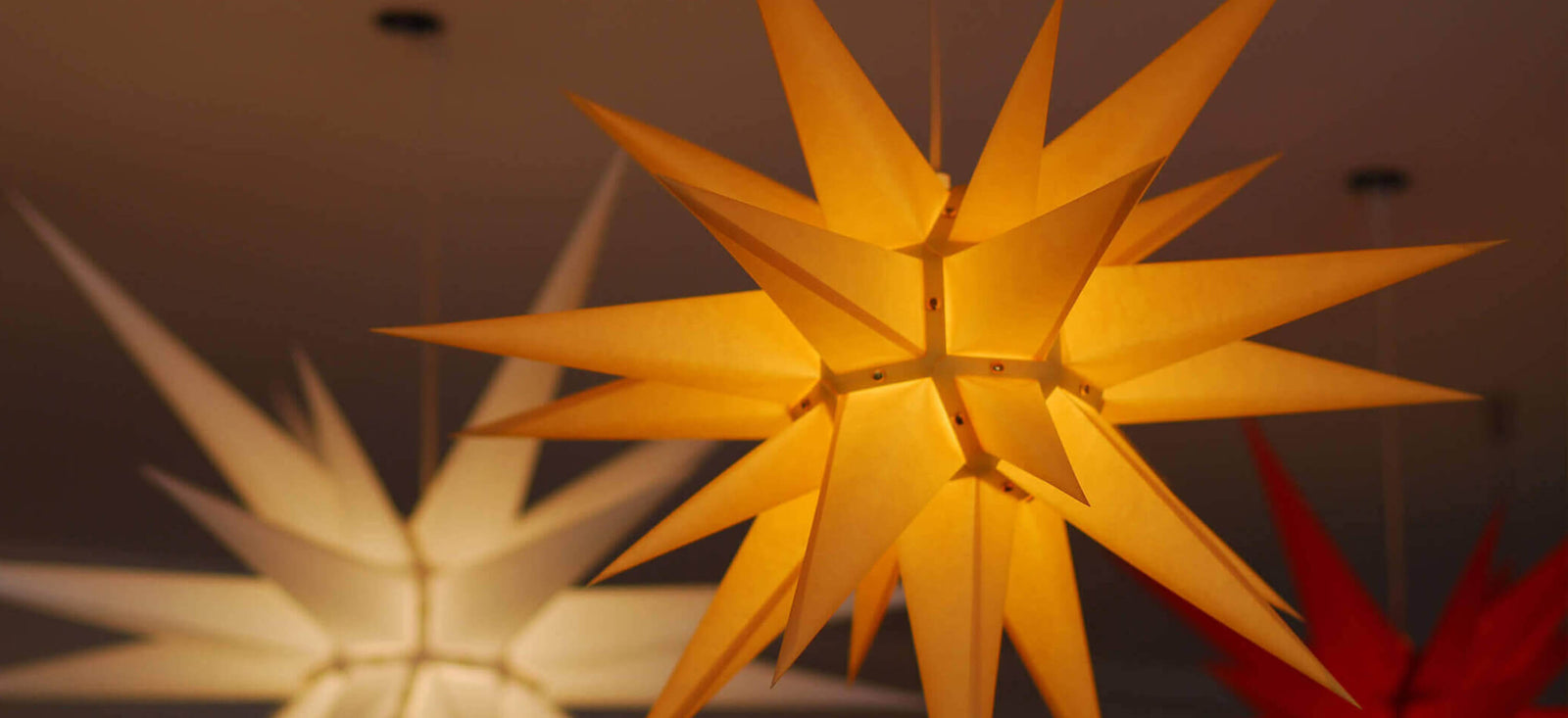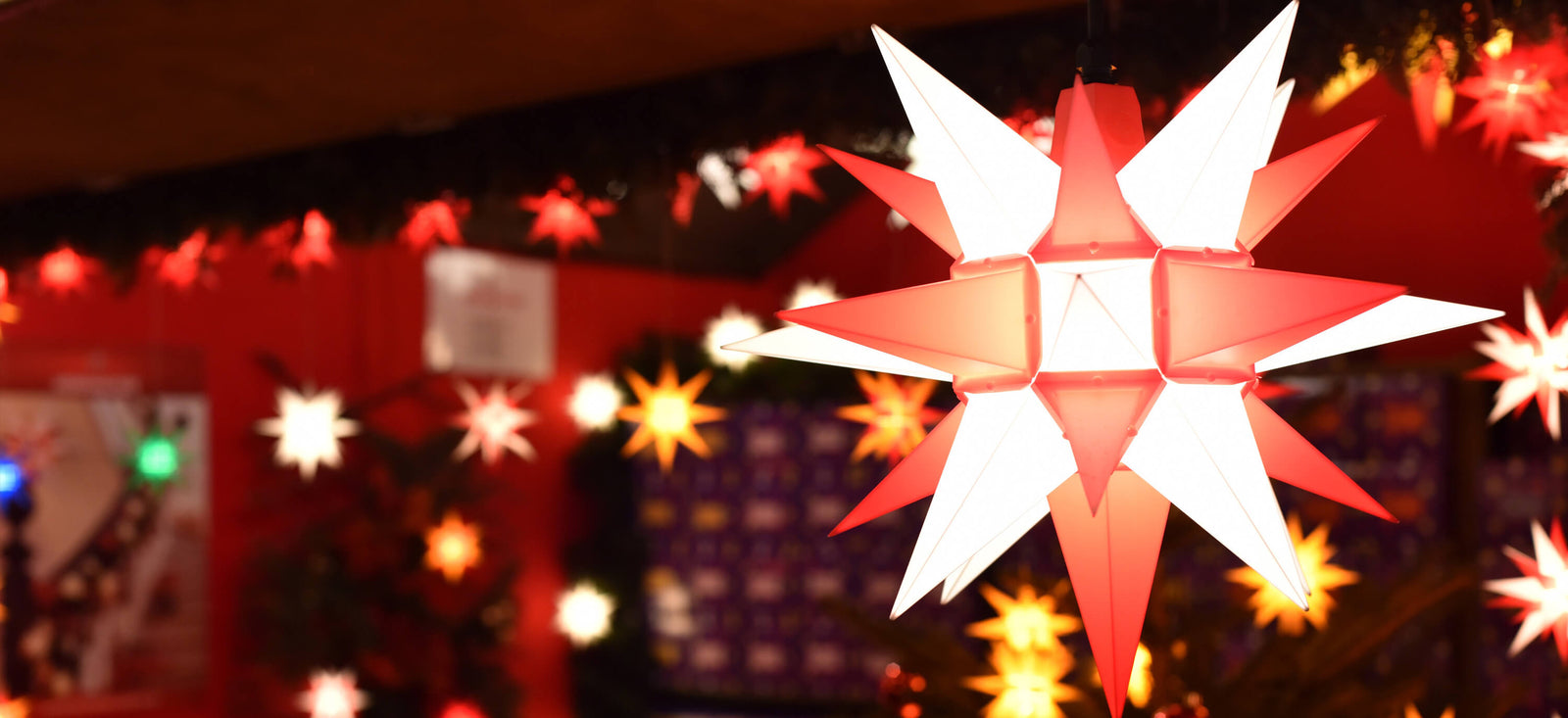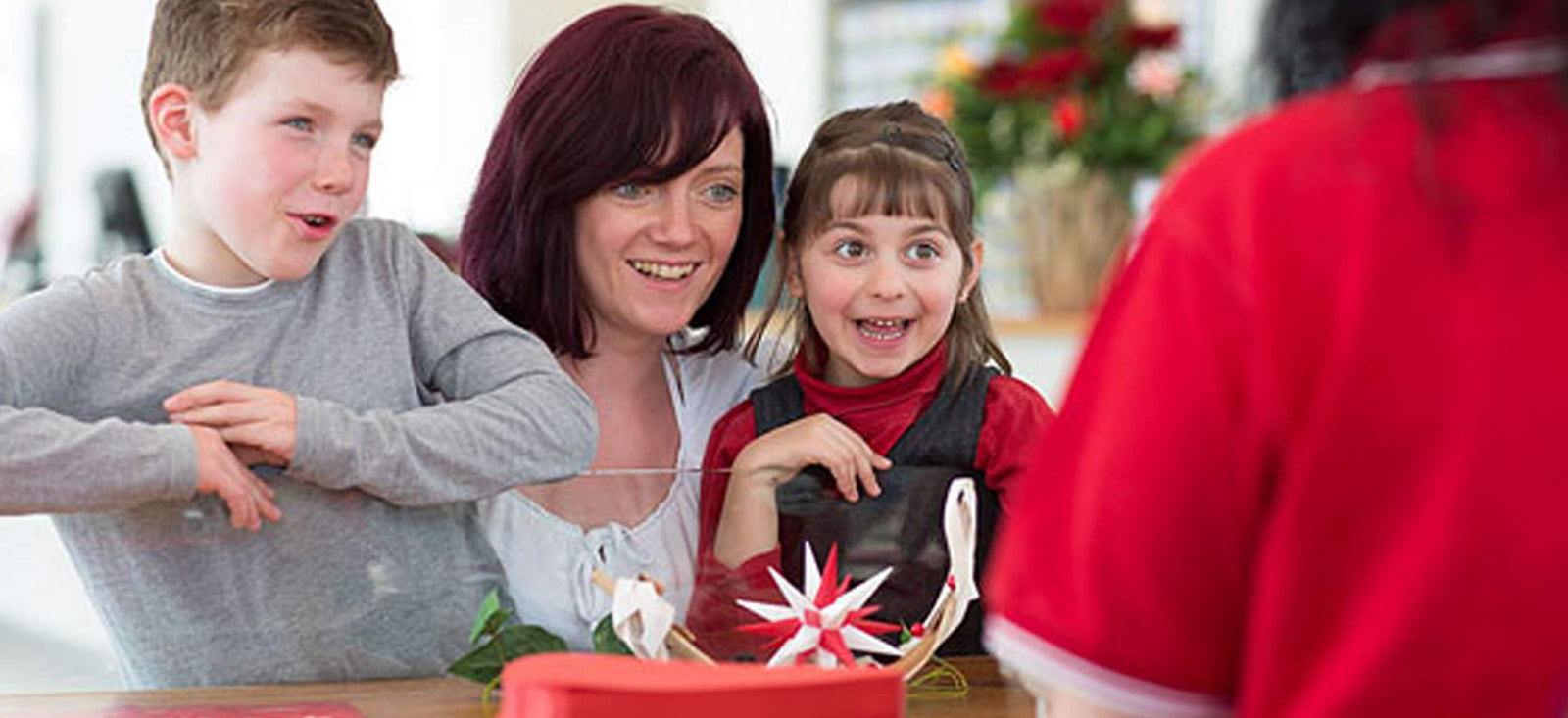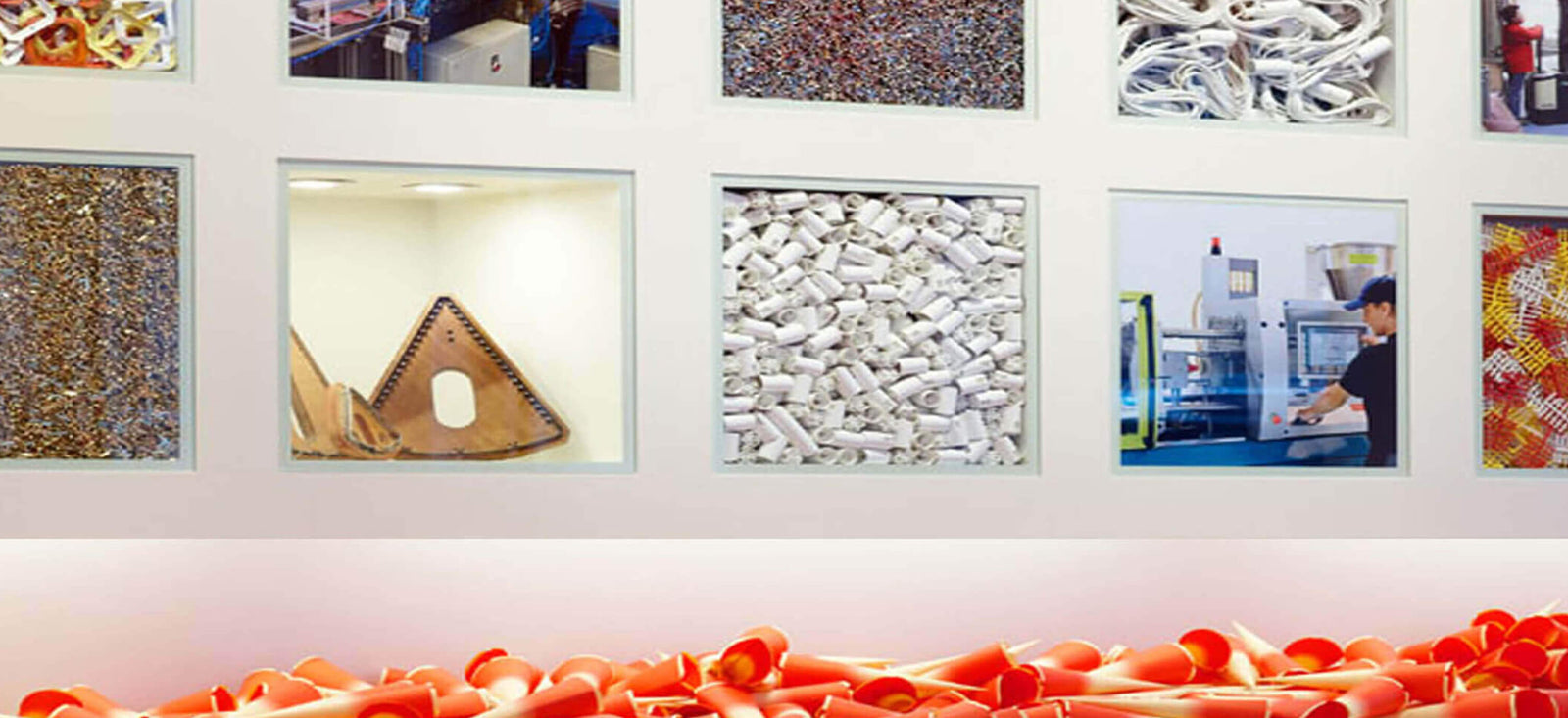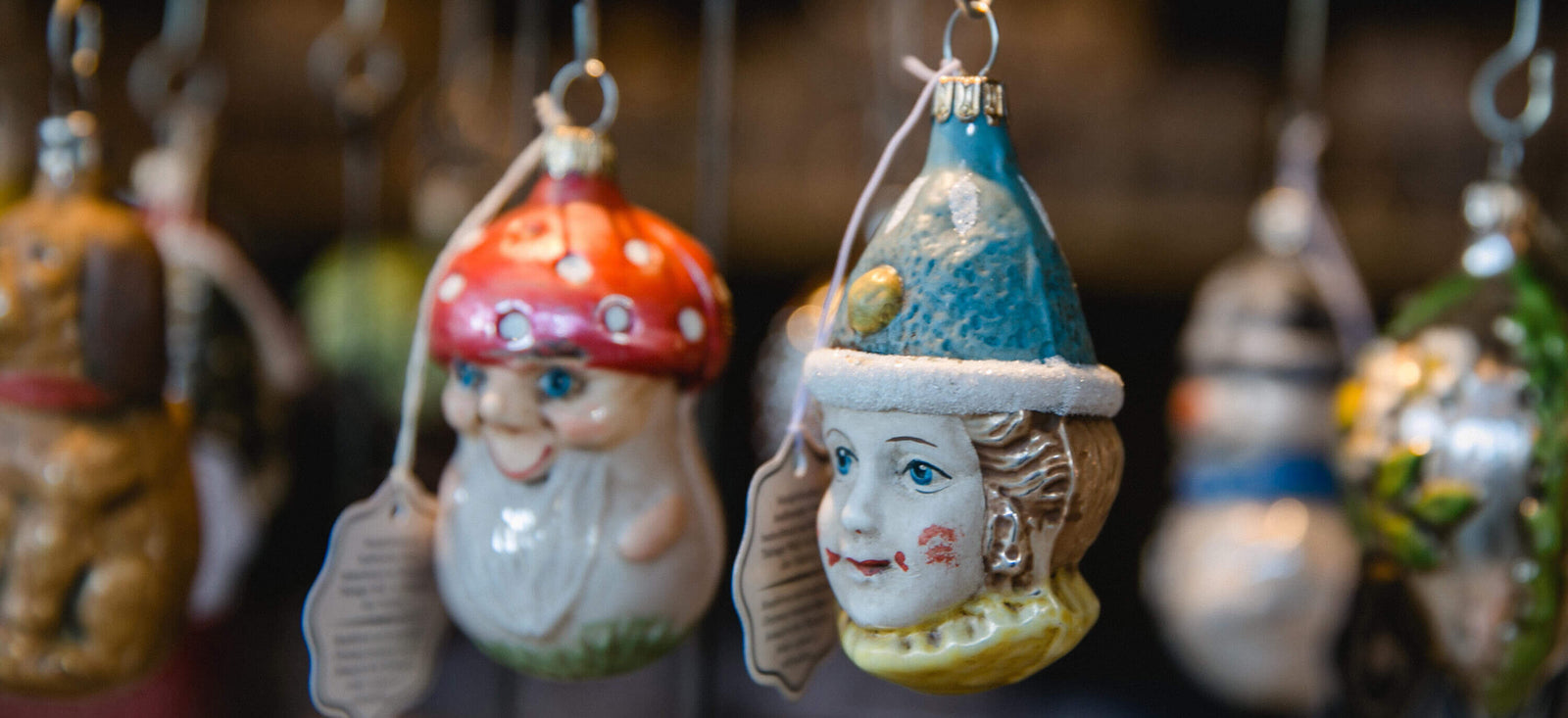This website use cookies to ensure you get the best experience. By using our website you agree to the use of cookies
This website use cookies to ensure you get the best experience. By using our website you agree to the use of cookies
THE TRADITION OF THE CHRISTMAS NATIVITY SET

Vancouver, BC, November 15, 2022
What’s behind the tradition of the Christmas Nativity Set? Find out about its origin, history and meaning.
Cribs show scenes of the birth of Christ and remind us of the events of Christmas night from the Christmas story. But how did this popular custom come about? Find out more about the tradition of setting up a Christmas nativity set. We found interesting facts about the origin, name, meaning, and custom of the crib.
The roots of the Christmas nativity set
The shape of the Christmas crib as we know it today goes back to St. Francis of Assisi. On December 24, 1223, he set up a nativity scene in Greccio with a live ox and a donkey and put hay in it. However, the depiction of the birth scene of Jesus goes back to Empress Helena, who had a church built on the alleged birthplace of Jesus in Bethlehem in 335, which was later painted with this scene.
The spread of the nativity scene
The precursor church of Santa Maria Maggiore (Santa Liberiana) in Rome already had a nativity chapel. From the 16th century onwards, the Jesuits spread the nativity scene across Europe. The order’s first scene was in a monastery in Portugal around 1560, and churches and princely houses soon followed in Spain, Italy and southern Germany.
 The nativity figures
The nativity figures
In the course of the time the nativity figures became smaller and smaller and the Holy Family was supplemented by angels, shepherds, and the wise men from the Orient. The paper cribs, which are still used today, appeared in the 18th century and were initially hand-painted, later machine-printed. From the 19th century it became a tradition to set up a Christmas nativity set in the family rooms (until then, cribs had only been common in churches). Initially this only happened in the Catholic areas, whereas in Protestant regions the Christmas tree was the center of the Christmas living room.
Our German nativity figures
We are proud to offer you traditional figures made in Germany by MAROLIN®. The figures made of plastic have been manufactured in the manufactory since the 1970s. They are hand painted in Germany. After the painting a patina is carefully applied to each figure to create a nostalgic charme. The detailed models are still based on the original MAROLIN® figures and, like these, were designed by Julius Weigelt in the 1920s. You can choose between the sizes 9 cm and 7 cm.
Our German nativity stable

You can complete the set with our nativity stable, also made by MAROLIN®. The stable is made of wood and comes in two different sizes.
These accessoires perfectly fit our Herrnhut Star Bow to create your own nativity scene.
We hope you enjoy Christmas this year with a wonderful Christmas nativity set!
Subscribe
Sign up to get the latest on sales, new releases and more …

